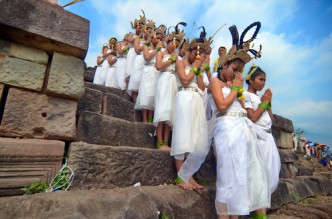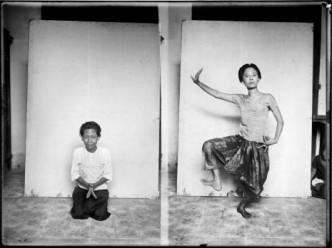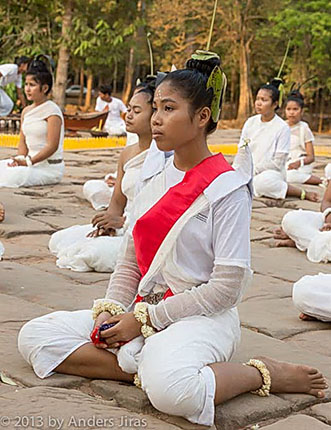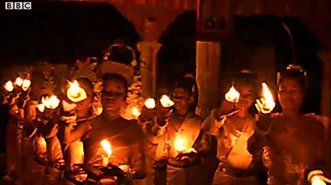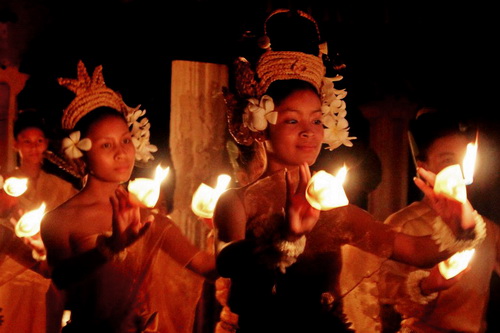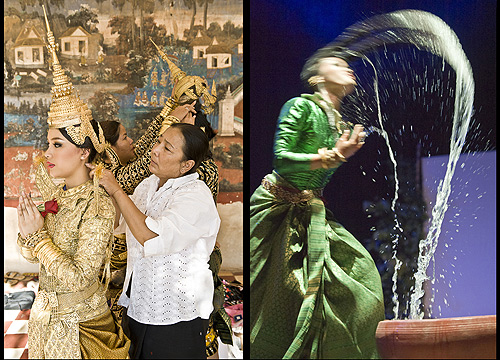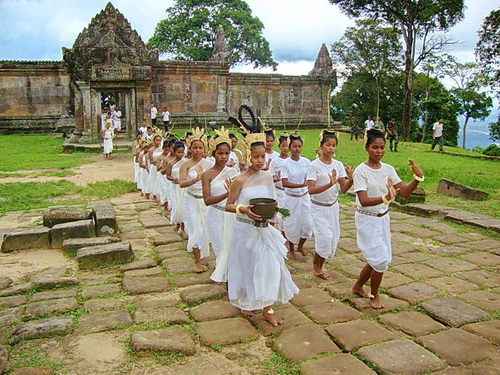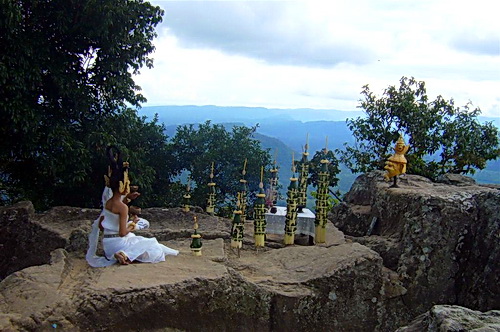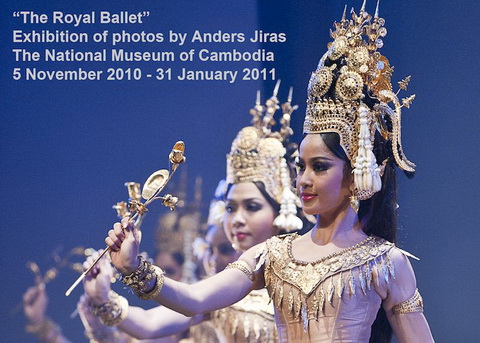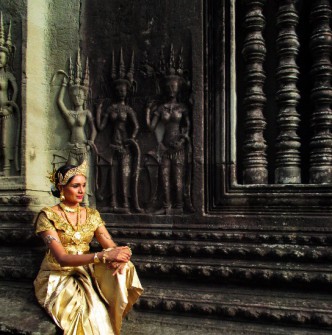
Indian Apsaras Reveal the Untold Story of Angkor Wat
In a tale that traces royal love, divine wisdom, treachery and betrayal, “Angkor – The Untold Story” depicts the passion of a woman so pure that the temple she helped build nearly a millennium ago still stands as a testament to her passion. In this production by the Apsaras Arts dance troupe of Singapore, Indian apsaras reveal the untold story of Angkor Wat in a spectacular performance that is a breathtaking homage to the art and heritage of Cambodia and India. The November 2013 Indian Festival of Esplanade showcases their presentation as its opening performance.


